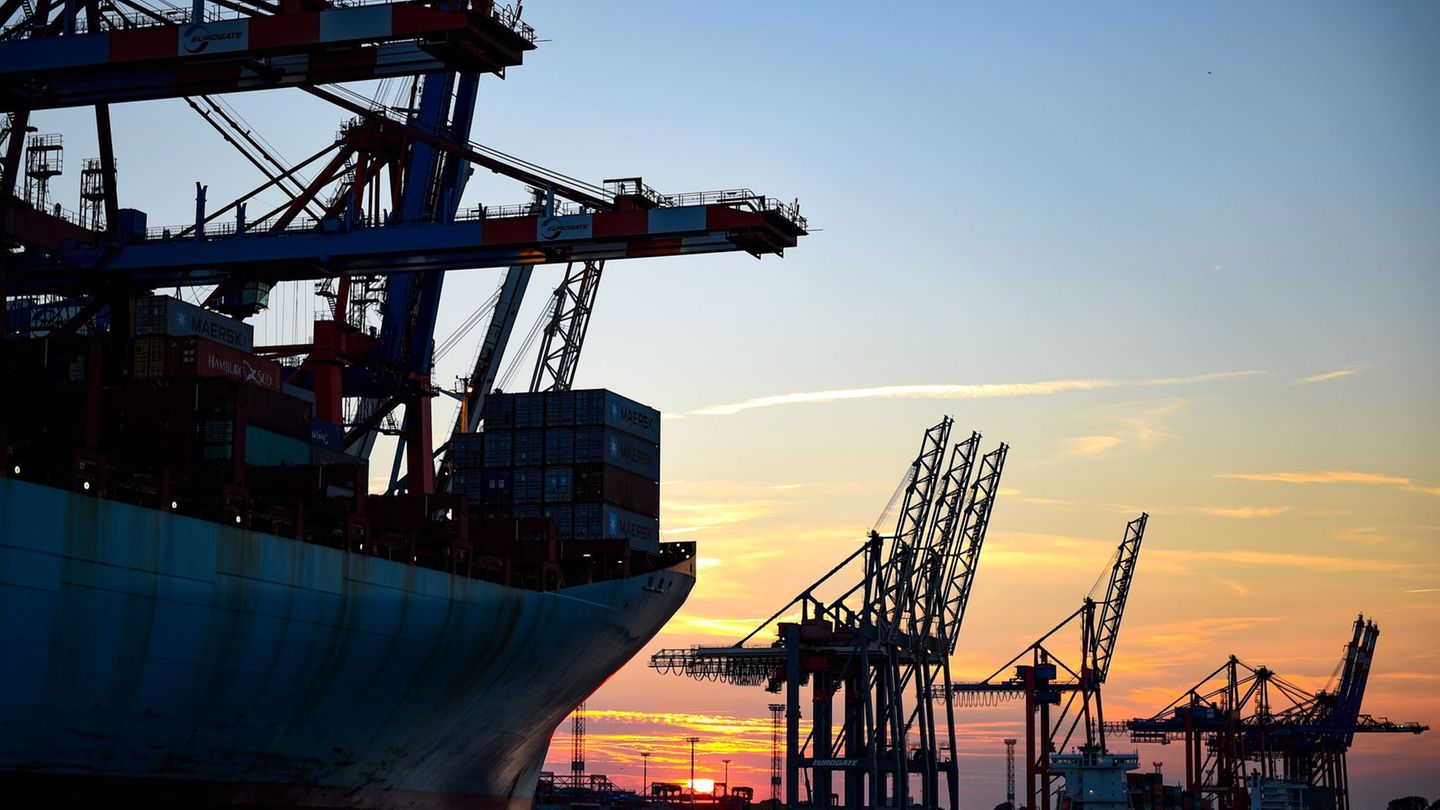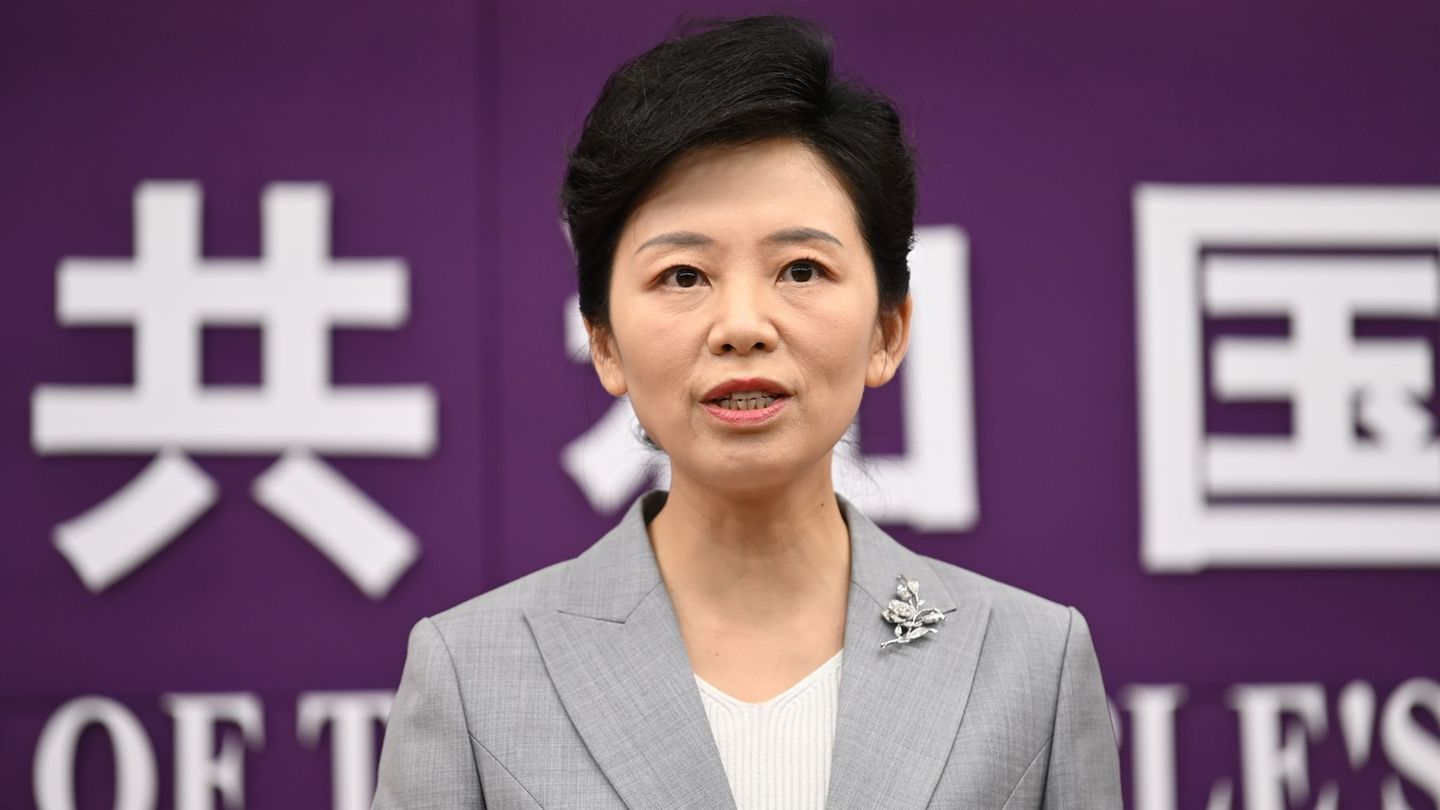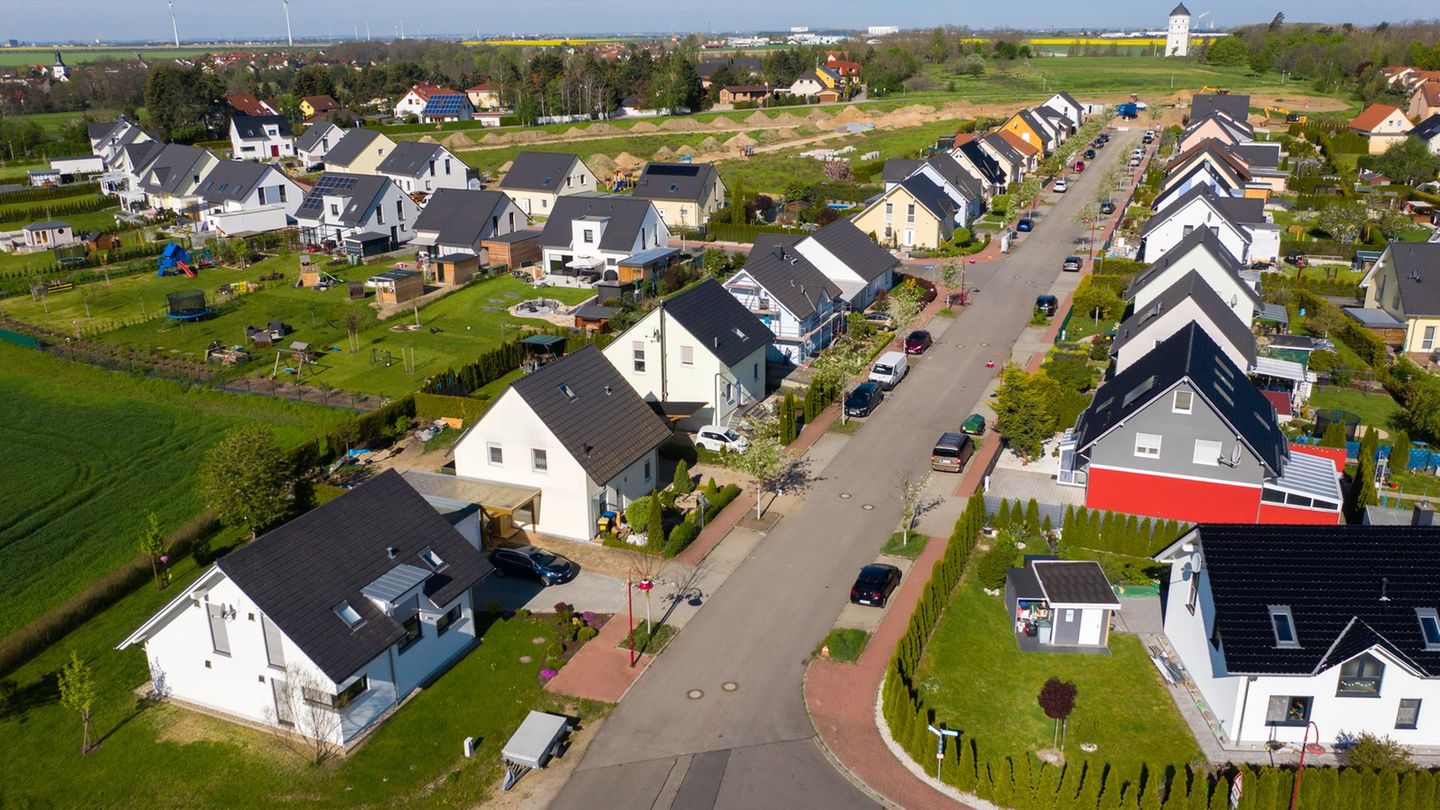We are going through a key moment in the history of mankind. It is an equal or even more important transformation than the world crossed in the nineteenth century. Each technological revolution over time was beneficial for the human being, since tasks that we did repetitively were replaced and generated improvements in productivity.
That said, all those cases of changes were abrupt and convulsed, leaving winners and losers. As a country, the key is how to prepare to benefit. That is why it is important to sit down to discuss artificial intelligence (AI) and the Internet of Things (IoT), two concepts already installed in the developed world and of which, by different emergencies, in Argentina we are not addressing.
Industry 4.0, which encompasses the two terms mentioned above, centralizes discussions and investments in the manufacturing sector globally because it implies a qualitative and quantitative leap in efficiency and cost reduction.
Let’s start at the beginning, what is the Internet of things? At first glance an idea appears that approaches us to what the concept contains. But there is a background where the essential is.
We have surely seen the acronym IoT (which in English means Internet of Things) but we do not know that behind those words a technological scheme of links is hidden. These links are built through the Internet connection of industrial sensors and platforms. Thus, things are allowed to relate to each other with data and statistics. In this way, they are able to evaluate and respond with solutions to certain situations without requiring human intervention.
It is not science fiction. It is already part of the value chains worldwide. And Argentina has its own development, with companies that use this avant -garde technology.
Advances of this type have taken us to the dawn of a new industrial revolution. The fourth told since the man began to apply the steam to his systems of production and distribution of goods. Hence we talk about industry 4.0.
This new revolution lies in the integration of advanced digital technologies in productive processes. Its axis goes through intelligent interconnection between machines and systems, many often without the need for human intervention. At the base of its development is IoT, AI, Big Data, collaborative robotics and augmented reality.
Let’s put in perspective the impact of IoT and industry 4.0. Let’s go to real numbers:
- 25% increase the productivity of SMEs.
- The energy cost drops by 30%.
- Reduces the inactivity of the machinery by 20%.
- Security incidents decrease 30%.
On the other hand, it should be noted that 26% of the economic value of the IoT comes from the manufacturing sector. This technology generates, worldwide, USD 11 billion.
The challenge is to create an intuitive and analytical platform that converts the data collected into strategic information. When using these technologies the results are immediate. Real -time analysis and response, waste minimization, traceability optimization and energy reduction are just some of the first areas of impact.
But the most important thing is that it allows Transform the operation into intelligent and profitable managementensuring sustainable competitive advantages over an increasingly demanding market.
The system is modular. This implies that it can be applied progressively with a minimum and accessible initial investment. Thus, the industry can reduce production errors and anticipate failures by preventive maintenance.
Optimization is reflected in countless variables, among which we can mention:
- Amount of products manufactured per day: It allows to know the real performance and compare it with the production objectives.
- Technical or mechanical failures: detects problems that require preventive maintenance to avoid dead times.
- Impact of inactivity times in production: identifies the stops that most affect efficiency and reduce energy consumption.
- Parameters that influence the final quality: constant pressure, temperature and injection cycles monitoring to prevent failures and delays.
- Early alert system: anticipates problems, avoid defects and reduces losses due to machinery failures.
In times of increases in dollar costs, commercial opening and deregulation that forces to compete with state -of -the -art framework, making the innovative leap allows these potholes to be left behind and maintaining the growth path.
The entire productive system together with the government authorities must give the debate that these technological advances deserve before it is too late. The revolution is happening, we are going through it, and it is better to be prepared rather than see the results from outside.
I ITPORTO MANAGEMENT AND TREASURER MANAGEMENT OF UIA
Source: Ambito
David William is a talented author who has made a name for himself in the world of writing. He is a professional author who writes on a wide range of topics, from general interest to opinion news. David is currently working as a writer at 24 hours worlds where he brings his unique perspective and in-depth research to his articles, making them both informative and engaging.




